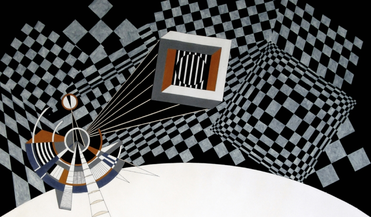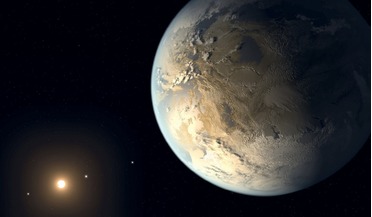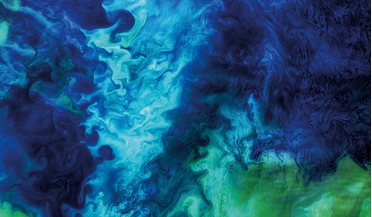 January 2018
SLS ushers transformation of deep space exploration
January 2018
SLS ushers transformation of deep space exploration
... earlier data return, enhancing iterative exploration, and reducing mission cost and risk. In the field of astrophysics, SLS’s greater payload volume creates the opportunity to launch large-aperture telescopes that will provide an unprecedented...
 May 2018
Woman on the Moon
May 2018
Woman on the Moon
... of researching and developing a new series of works inspired by this theme. I made contact with the Centre for Astrophysics and Planetary Science at the University of Kent, which advised me about lunar science and by chance was running...
 August 2018
Exoplanet census promises radical discoveries
August 2018
Exoplanet census promises radical discoveries
... way to study the possibility of flying a starshade with WFIRST. If recommended by the US 2020 Decadal Survey of Astronomy and Astrophysics, NASA could produce a starshade in time to rendezvous with WFIRST and enable the first images of an Earth-like...
 August 2018
Making a cosmic impression
August 2018
Making a cosmic impression
... glass plate spectra requiring development in darkrooms were replaced by digital CCD light amplification recorders. My passion for astrophysics and visual art developed along parallel lines beyond my university years. I was intrigued by the challenge...
 January 2019
Preparing for a robotic revolution in Earth orbit
January 2019
Preparing for a robotic revolution in Earth orbit
... metres. NASA is studying robotic assembly concepts for such ambitious future space telescopes, which focus on astrophysics goals. Similarly, instruments for exoplanet characterisation could also benefit from in-space assembly. Perhaps the largest...
 May 2019
Unlocking the full potential of Earth observation
May 2019
Unlocking the full potential of Earth observation
... and Engineering from UCL in London and an MPhil in Engineering from the University of Cambridge, and a BS in Engineering and Astrophysics from Harvard University.